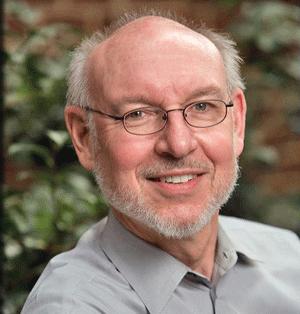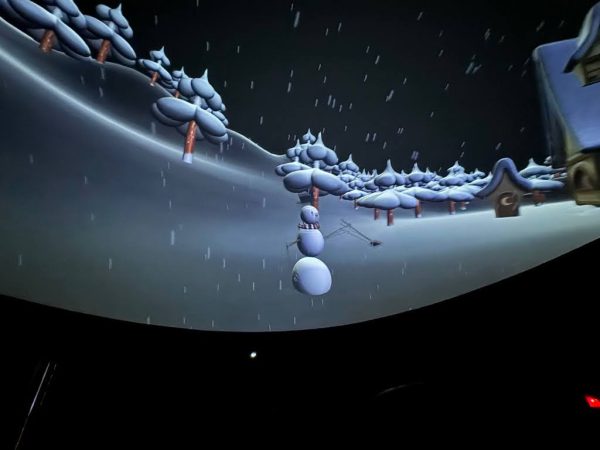SUNY Professor Explores Benefits of Architecture

SUNY Professor spoke about architecture with Colgate students.
SUNY College of Environmental Science and Forestry Professor Richard Hawks presented his lecture titled, “Lost in Translation? An exploration in Landscape Architecture of Issues Expressed in 19th and 20th Century Visual Art” in Golden Auditorium on Wednesday, April 13. As a professor of landscape design and planning, Hawks centered his address around the symbiotic and interconnected relationship between art and architecture.
Landscape architecture exists to shape land while simultaneously enhancing human experiences and restoring natural systems of ecology. Currently, architecture exists to retrofit expanding cities while making them more accessible and environmentally sound. Hawks quoted esteemed architect Thomas Woltz during his presentation.
“Parks are the last democratic landscapes we have.” Hawks said.
Hawks traced the emergence of landscape design from the 19th century, through artistic representations of landscape. His examples included those created by members of the Hudson River School as well as the 1995 BBC miniseries “Pride and Prejudice.” Landscapes reflect sequences found in nature through movement and repurposed space. They are constructed to appeal to a desired audience. As seen in the Hudson River School paintings and “Pride and Prejudice,” landscapes are designed to reflect the travel speed of viewers. Specifically in this time period, landscapes were designed for those on foot and horseback. Gardens and landscapes choreograph people’s experiences in subconscious manners; the presentation and layout of every detail may appear natural, but they are carefully crafted.
Architect of Central Park and Biltmore Estate as well as countless other landscapes, Frederick Law Olmstead, created both private and public living art forms. Beyond their aesthetic value, many of his designs were created for functional purposes. For example, in Central Park in New York, a large pond is also a reservoir for drinking water. His parks were not created to be timeless and pristine, but as places where life exists.
“I found this presentation really interesting because Hawks talked about landscape architecture in a way I had never considered before. I had thought it was just about lawns and park design, but it really encompasses the relationship of people with nature, and I feel like it’s extremely important for people to reevaluate our relationship to nature,” first-year Patrick Matulka said.
Hawks stated that landscape architecture is a growing field, claiming that, “this is the century for this profession.”
“Personally, since I am interested in architecture and I want to do interior architecture, hearing the kind of processes that landscape architects go through is very interesting because it seems like they are consistent in all forms of architecture. I found this lecture intriguing because Hawks spoke about merging art and function as well as art and science,” first-year Ayotola Odebiyi said.
Hawks is now researching New York City’s response to environmental change and the mitigation of Hurricane Sandy in an effort to create a more resilient city. He sees this through the repurposing of existing architecture as well as the setting in motion of natural environmental processes. These processes, such as reintroducing oysters into the water to clean pollution, are more efficient at helping the environment than man-made machines are. Additionally his program, Your Town, sponsored by the National Endowment for the Arts, provides small communities with the means to design and plan their landscapes.





